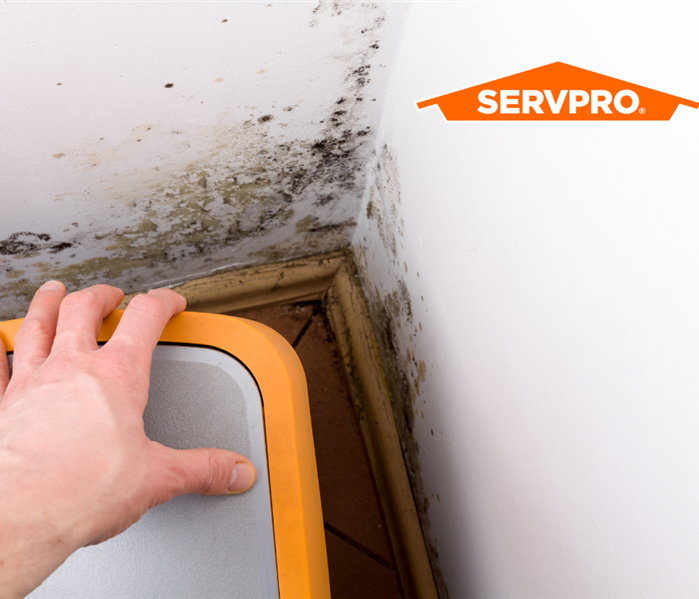Understanding the Intricacies of Commercial Mold Remediation
6/11/2023 (Permalink)
Have you ever caught a whiff of a musty scent in your commercial property and wondered where it could be coming from? Welcome to the world of mold – an intricate, invisible, yet essential subject that affects building. This blog post aims to unravel the complexities of mold remediation, drawing from real-world experiences of locally-owned businesses in our community.
Let’s start with the basics: What is mold? Mold consists of microscopic spores that float in our environment, both indoors and outdoors. They enter buildings through open windows, doors, and HVAC systems, and can even be carried in on clothing or pets. Despite their seemingly innocuous nature, these spores can rapidly evolve into a major problem when exposed to moisture.
The story gets more complicated when you consider the various factors that affect mold growth. These include the amount of water present, the frequency of the water source, the type of food source (substrate), the water affinity of the substrate, and the temperature range. As conditions change, different species of mold can colonize, with each presenting unique challenges for remediation.
So, what happens when a commercial building or home encounters a mold issue? The remediation process goes beyond merely cleaning visible mold patches. It begins with the identification and repair of the water source causing the mold, otherwise, mold will simply return. Utilizing moisture meters, experts can pinpoint the precise location of dampness fueling the mold growth.
Subsequently, professionals must navigate the painstaking process of containment, cleaning, treatment, and removal of mold. This involves specialty equipment such as high-quality HVAC filters for capturing mold spores and humidity gauges to monitor indoor humidity. An experienced team will be trained in these techniques, transforming contaminated buildings into safe, habitable spaces.
Prevention, as in many things, is better than cure. Regulating indoor humidity levels (ideally within 30%-50%) can help inhibit mold growth. It's also vital to have an action plan ready should a mold problem arise. That's where an Emergency Ready Plan comes into play. This is a strategic response plan that allows businesses to minimize disruptions and resume operations as quickly as possible following a mold outbreak.
In the end, understanding and addressing mold hazards is a complex task requiring specialized knowledge and a proactive approach. But with awareness and effective planning, businesses can effectively manage and mitigate these risks. Stay informed, stay prepared, and most importantly, stay safe.





 24/7 Emergency Service
24/7 Emergency Service
